 |
| August 04, 2020 |
Dear Reader,
Have you ever wondered how researchers determine ages when examining remnants from the past? They use radiometric dating. Check out the piece below to understand this versatile technique. Then, discover the way language fosters linguistic stereotypes, or read about a beetle that can slip out the back door after being swallowed alive by a frog. Also featured in this roundup: People in the path of Hurricane Isaias are shunning emergency shelters as officials from Florida to North Carolina have urged evacuating residents to stay with friends or family instead or to rent hotel rooms. And lastly, in our lead story today, Scientific American's Editor in Chief Laura Helmuth explains nine of the most important things we've learned about SARS-CoV-2 in the past seven months and why we didn't fully understand or appreciate them at first. |
| | Sunya Bhutta, Senior Editor, Audience Engagement
@sunyaaa | |
 |
| |
| |
| |
| |
| |
| Physics Translucent Frog Optics Dial In Camo Color Rather than undergoing active chameleon-like color changes, glass frogs' translucency allows light to bounce from their background through them--making their apparent color close to their setting. |  | By Emily Schwing | 03:08 | | | |
| |
| |
| Behavior & Society Misdiagnosing Our Cyberhealth Why do we ignore information that could improve our ability to predict the odds of a personal cyberattack? | | | | |
| |
FROM THE ARCHIVE
 | | | |
LATEST ISSUES
 |
| |
| Questions? Comments?  | |
| Download the Scientific American App |
| |
| |



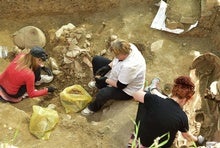







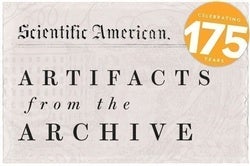


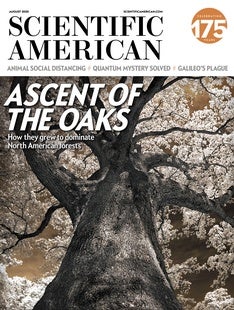
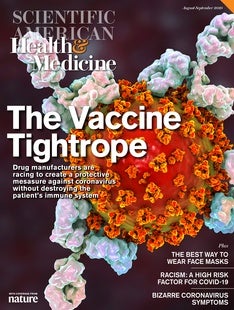
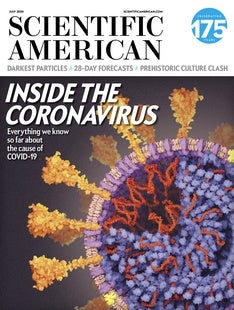



Comments
Post a Comment